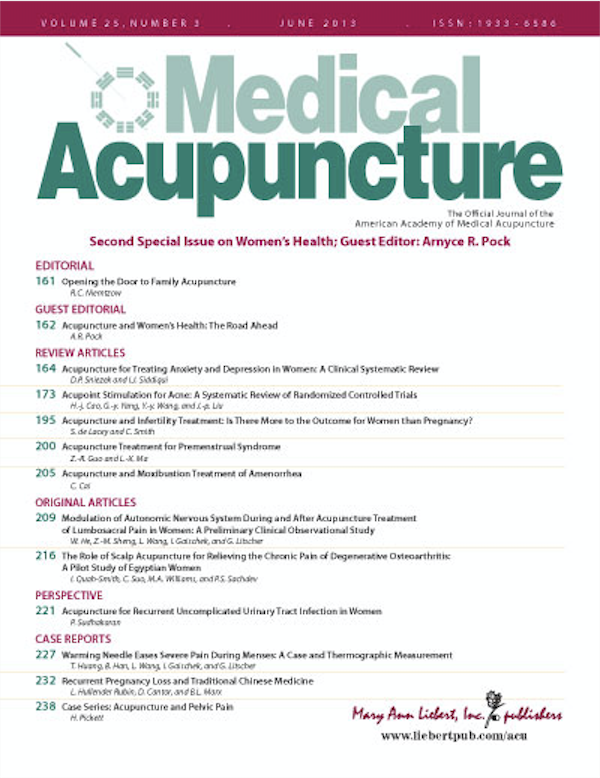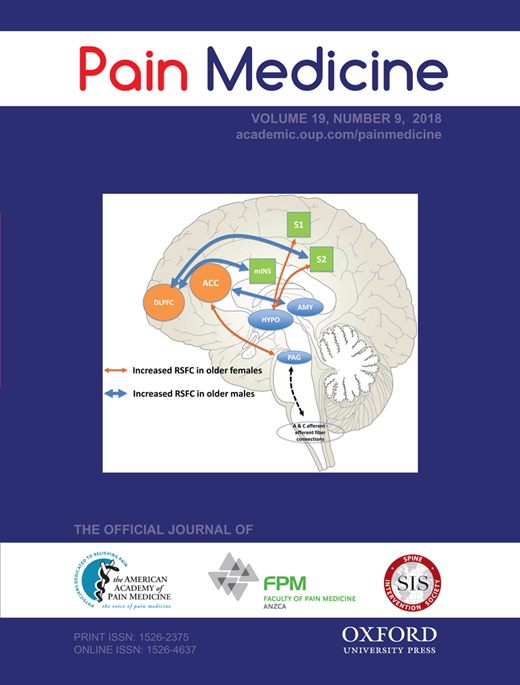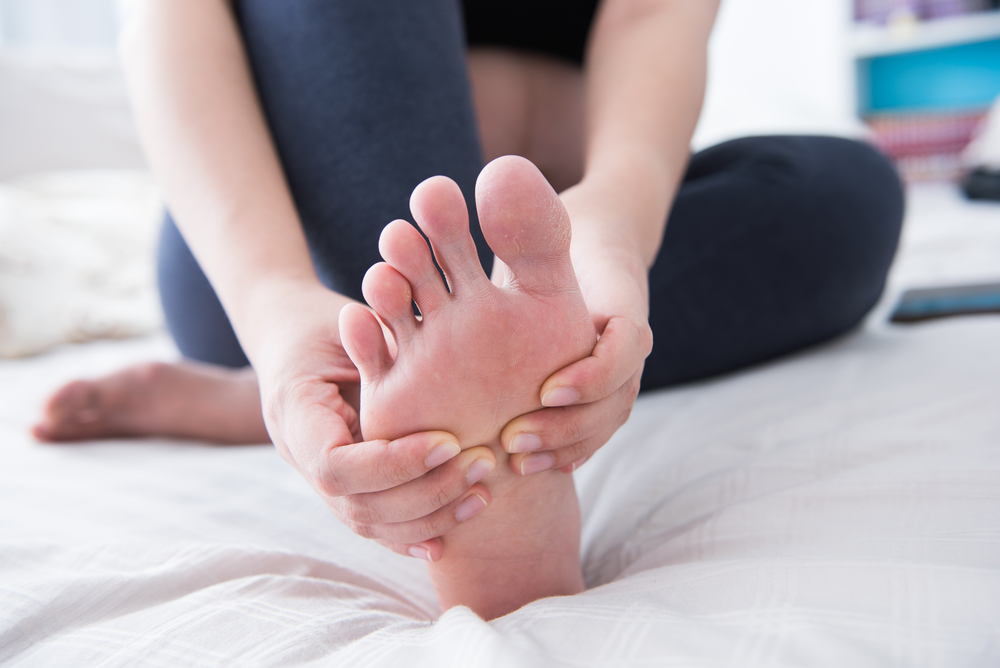Foot, ankle, and heel pain are common complaints that can stem from a variety of causes, including injuries, overuse, or underlying medical conditions.
Symptoms can range from mild discomfort to severe pain, affecting mobility and quality of life.
https://doi.org/10.1109/5.771073 or just the DOI name: 10.1109/5.771073 into the field above and click submit.Sub-Topics:
Published research studies are articles that present the findings of original research that has undergone a peer-review process and has been made publicly available in scholarly journals, books or other media.

2021 Dec 01 Medical Acupuncture Trinh K, Belski N, Zhou F, Kuhad A, Luk D, Youn E
Systematic Review Ankle Pain Foot PainAcupuncture displays potential as a safe and effective treatment for foot and ankle pain, providing pain relief and functional improvement.

2021 Mar 24 Pain Medicine Llurda-Almuzara L, Labata-Lezaun N, Meca-Rivera T, Navarro-Santana MJ, Cleland JA, Fernández-de-las-Peñas C, et al.
Moderate- to low-quality evidence suggests a positive effect of trigger point dry needling for improving pain intensity and pain-related disability in the short term and long term, respectively, in patients with plantar heel pain of musculoskeletal origin. The present results should be considered with caution because of the small number of trials.
Systematic Review Meta-Analysis Heel Pain
2018 Aug Journal of Acupuncture and Meridian Studies Lee TL, Marx BL
This case study reports the effects of a multimodality approach including massage, gua sha, bleeding, acupuncture, and moxibustion to treat acute plantar heel pain.
Case Report Heel Pain2017 Jul 21 Current Research in Complementary & Alternative Medicine DeMacro K
The methods of acupuncture implemented to treat plantar fasciitis in this literature review are MiniScalpel-Needle(MSN), dry needling, acupuncture, and the use of Electrode-Acupuncture.
Heel Pain
2011 Jan 15 Evidence-Based Complementary and Alternative Medicine Shi Ping Zhang , Tsui-Pik Yip, Qiu-Shi Li
Randomised Controlled Trial Heel PainAcupuncture can provide pain relief to patients with plantar fasciitis.
Research insights are moderated by the Research Hub team and offer an at-a-glance overview of interesting research findings.


Review articles summarise and critically evaluate the current state of research on a specific topic or field by synthesising multiple primary research studies.

2021 Dec 01 Medical Acupuncture Trinh K, Belski N, Zhou F, Kuhad A, Luk D, Youn E
Systematic Review Ankle Pain Foot PainAcupuncture displays potential as a safe and effective treatment for foot and ankle pain, providing pain relief and functional improvement.

2021 Mar 24 Pain Medicine Llurda-Almuzara L, Labata-Lezaun N, Meca-Rivera T, Navarro-Santana MJ, Cleland JA, Fernández-de-las-Peñas C, et al.
Moderate- to low-quality evidence suggests a positive effect of trigger point dry needling for improving pain intensity and pain-related disability in the short term and long term, respectively, in patients with plantar heel pain of musculoskeletal origin. The present results should be considered with caution because of the small number of trials.
Systematic Review Meta-Analysis Heel PainClinical trials are research studies that involve people and are conducted to evaluate the safety and efficacy of new treatments or interventions, such as drugs, medical devices, or behavioural therapies.
Published study protocols are detailed plans that outline the objectives, methodology, statistical analyses, and organisation of a research study that have been made publicly available for others to review and use as a reference.

Foot, ankle, and heel pain are common complaints that can stem from a variety of causes, including injuries, overuse, or underlying medical conditions.
Symptoms can range from mild discomfort to severe pain, affecting mobility and quality of life.


Write an executive summary in the form of a blog article on the topic of "Research into Chinese medicine treatment for Foot Pain" summarising the research below and using language that can be easily understood by patients and avoiding medical jargon using a professional and caring tone of voice.
Write an executive summary in the form of a blog article on the topic of "Researched Chinese medicine treatments for Foot Pain" summarising the research below in an objective and easy to understand way, and using language that can be easily understood by patients. Group the article into Chinese medicine treatments first, followed by nutrition and other treatments. Avoid using medical jargon and use a professional and caring tone of voice.
Write me a concise but easy to understand executive summary on the topic of "Chinese medicine treatments for Foot Pain" based on the following research that I will give you. Your summary should be 2 paragraphs long in Australian English spelling and include references to the studies.
A Systematic Review published in 2021 in the journal Medical Acupuncture found that Acupuncture displays potential as a safe and effective treatment for foot and ankle pain, providing pain relief and functional improvement. The researchers gathered Randomized Controlled Trials (RCTs) from 6 major English databases, and relevant systematic reviews manually via Google Scholar. The selected RCTs studied the comparison of acupuncture with various types of sham acupuncture and nonactive or waitlist controls in terms of pain intensity, functional status, and general quality of life. All procedures including study screening, data extraction, risk of bias assessment, and quality assessment were conducted independently. Instead of performing a quantitative synthesis, the team opted for a narrative synthesis as quantitative pooling wasn't fit for the collected data. Four RCTs involving a total of 211 participants were included. Due to distinct clinical heterogeneity involving all the outcomes, the team did not conduct a quantitative analysis. Using a quality grading system, all outcomes were rated as supported by low or very low-quality evidence. Despite this, the study still showed acupuncture is potentially effective for treating participants with plantar fasciitis or Achilles tendinopathy, in terms of pain relief and functional status improvement, over short- and intermediate-term follow-ups. Notably, no adverse events linked to acupuncture use were reported.
A Randomised Controlled Trial published in 2011 in the journal Evidence-Based Complementary and Alternative Medicine found that Acupuncture can provide pain relief to patients with plantar fasciitis. This study demonstrates that acupoint PC7 has a specific effect for treatment of plantar fasciitis, and that the method of acupuncture treatment is both simple and safe. Further studies comparing acupuncture treatment with an inert placebo and conventional treatment as parallel arms are recommended to further elucidate the efficacy of acupuncture treatment for heel pain.
Users not signed in are limited to viewing the 5 most recent items of content.